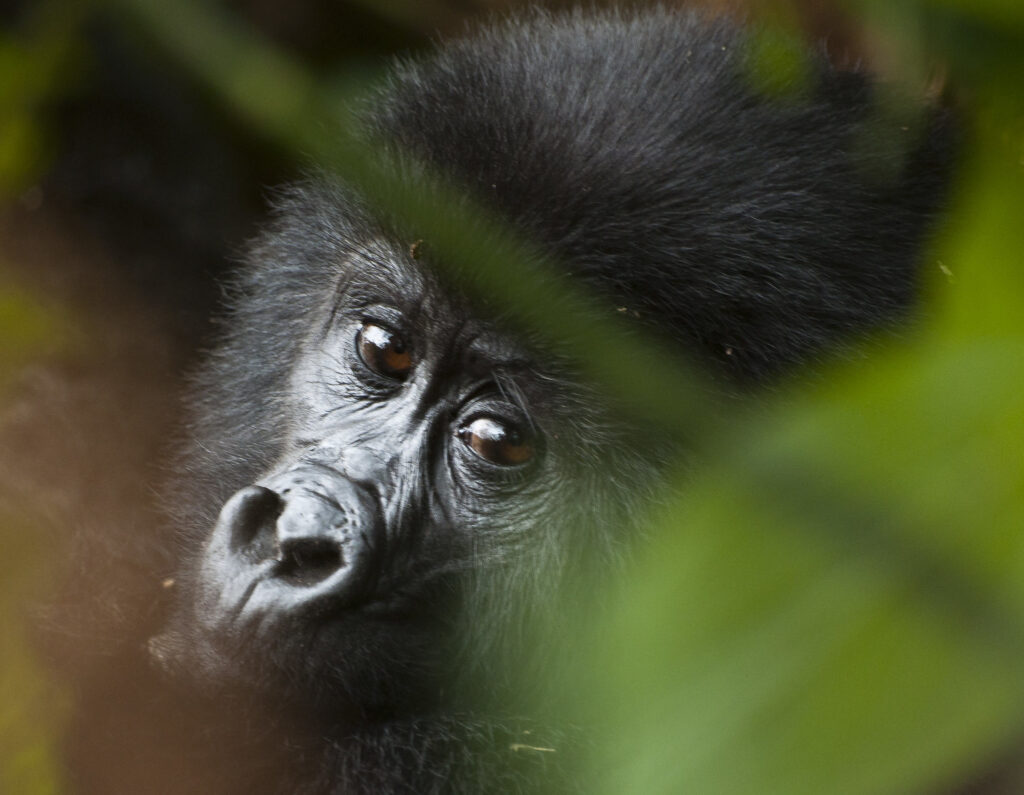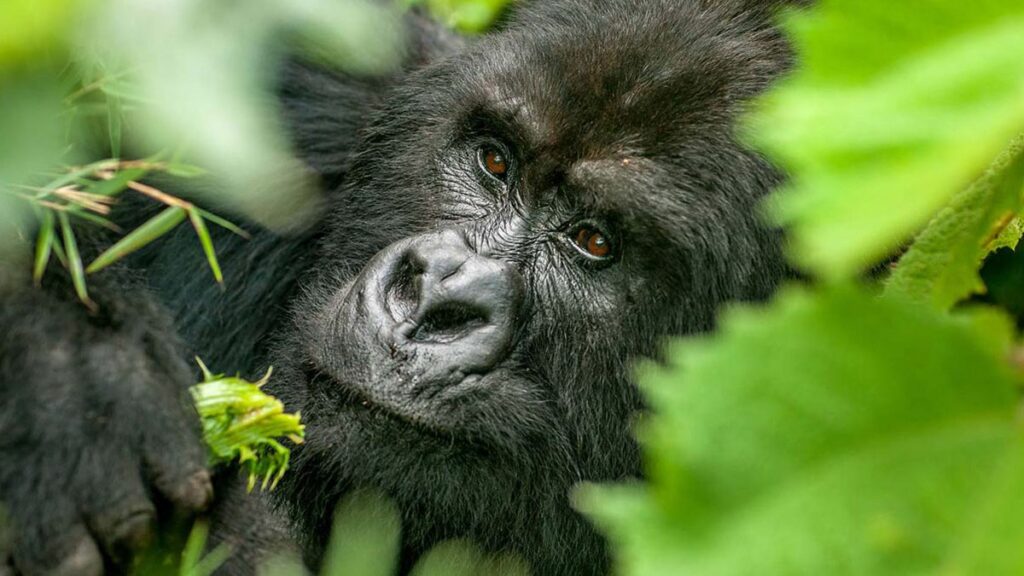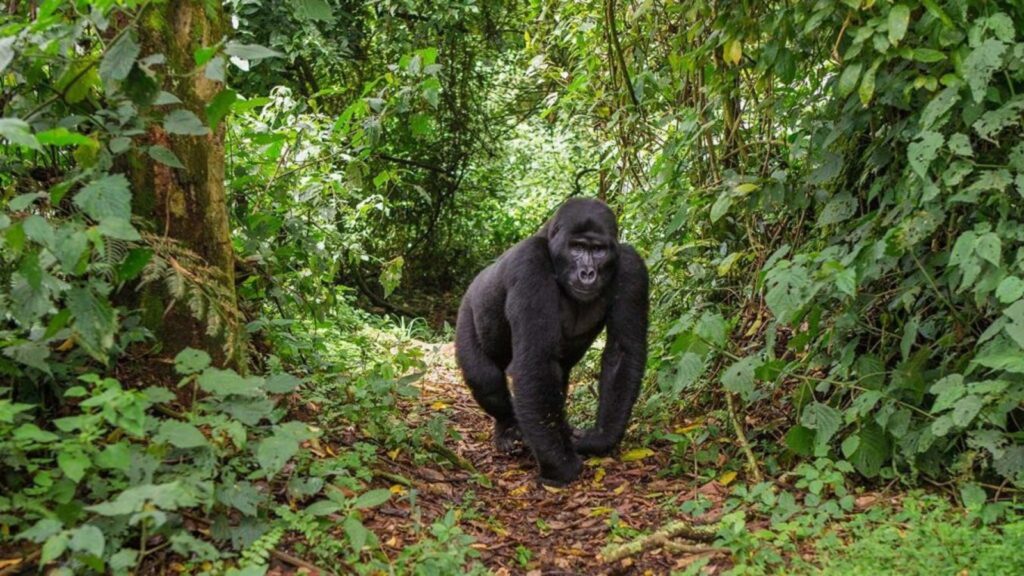5 Fascinating Facts About the Nile Monitor
The Nile Monitor (Varanus niloticus) is one of Africa’s largest and most formidable lizards. With its muscular body, sharp claws, and keen senses, it thrives along rivers, lakes, and wetlands throughout sub-Saharan Africa. Highly intelligent and adaptable, the Nile Monitor is both feared and admired by those who encounter it. Here are five fascinating facts that reveal why this reptile is such a remarkable creature.

-
Africa’s Largest Lizard
The Nile Monitor can grow up to 2.1 meters (7 feet) in length and weigh over 20 kilograms (44 pounds). Its long, muscular tail and strong limbs make it an agile swimmer and a skilled climber, giving it an advantage both in water and on land.
-
Excellent Swimmers and Divers
These reptiles are semi-aquatic, spending much of their time near water sources. They can stay submerged for up to 30 minutes, using their laterally compressed tail to propel themselves efficiently through the water. This skill helps them hunt fish, frogs, and crustaceans with ease.
-
Opportunistic Diet
Nile Monitors are carnivorous and opportunistic feeders. They eat fish, insects, crabs, birds, small mammals, and even the eggs of crocodiles and other reptiles. Their powerful jaws and sharp teeth allow them to crush shells and tough-skinned prey.
-
Highly Intelligent Hunters
Unlike many reptiles, Nile Monitors display problem-solving skills. They have been observed raiding crocodile nests in coordinated pairs — one distracts the mother crocodile while the other digs up the eggs. This cooperative behavior shows remarkable intelligence for a reptile.
-
Powerful Defenders
When threatened, Nile Monitors defend themselves fiercely. They lash their tails, hiss loudly, and use their sharp claws and teeth to deter predators, including large mammals and birds of prey. Their tough, scaly skin provides extra protection during fights.
Conclusion
The Nile Monitor is a master of survival — fast, strong, and smart. Its adaptability in both aquatic and terrestrial environments has allowed it to thrive across much of Africa. Whether gliding through a river or basking on a sunny bank, the Nile Monitor remains one of the most fascinating and formidable reptiles on the continent.




